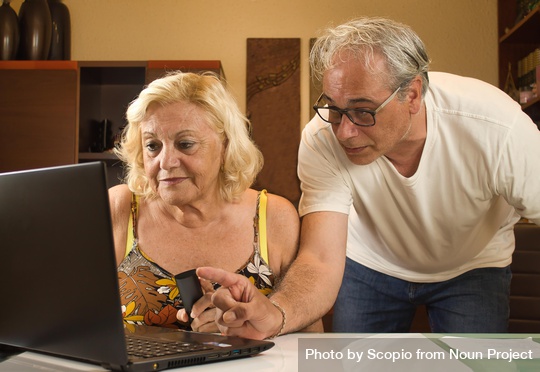
Lots of rules and unfamiliar jargon make understanding aged care even more complicated. This article demystifies one of the more common strategies of DAP from RAD.
Understanding aged care can be complicated enough, without needing to decipher all the jargon and acronyms. An example is the “DAP from RAD” strategy, which can be confusing if you don’t understand what all the letters mean.
This strategy is one of the most useful tools we have to make residential aged care affordable, so it is common to hear it used. The main benefit is helping to manage cashflow when paying for your room, by making your money stretch further.
The cost of a residential care room is quoted as a lump sum amount – called a Refundable Accommodation Deposit (RAD). But if you don’t want to pay the lump sum or you don’t have enough money to pay it in full, you can choose to convert all or some into a daily accommodation payment (DAP). This conversion uses an interest rate set by the government – currently 7.06% per annum.
Example:
Henry has been quoted a room price (RAD) of $500,000. He uses $100,000 from his bank account to pay part of this RAD as a lump sum. The remaining $400,000 remains unpaid and he pays $77.37 per day (ie $400,000 x 7.06% / 365 days) as a DAP.
Paying a part RAD and part DAP may solve the problem of insufficient liquid assets. But the next problem to solve is how to create enough cashflow to pay the daily fee (DAP) as well as other ongoing care fees and personal expenses.
This is where the DAP from RAD comes in. Instead of paying the DAP from either cashflow or remaining savings, you can ask the care provider to deduct the DAP from the lump sum RAD that you paid. This is a bit like tapping into another bank account – one that you thought was locked away with no access.
Example:
Henry asks the care provider to deduct the DAP from his RAD. Each month the balance of his RAD account is reduced by the DAP payable. It would take just over three years for the balance to be fully depleted. But at least Harry will be able to plan his finances, knowing that the $100,000 paid will cover his room costs (the DAP) for three years.
Paying some RAD has the benefit of reducing fees and may also help to qualify for a higher age pension as it is an exempt asset when calculating pension entitlements. Paying the DAP out of this RAD then has the benefit of managing cashflow. Getting the balance between a RAD and a DAP is the key to a successful strategy, and this is where independent financial advice can help.
If you would like to know more about how we can be of assistance, please contact our office on 1300 451 339.
IMPORTANT INFORMATION: This document has been prepared by Periapt Advisory Pty Ltd, ABN 67 648 208 253 AFSL 542418, based on our understanding of the relevant legislation at the time of writing. The information is of a general nature only and has been prepared without consideration of any particular individual’s objectives, financial situation, or needs. Before making any decisions, we recommend you consider independent financial advice.
